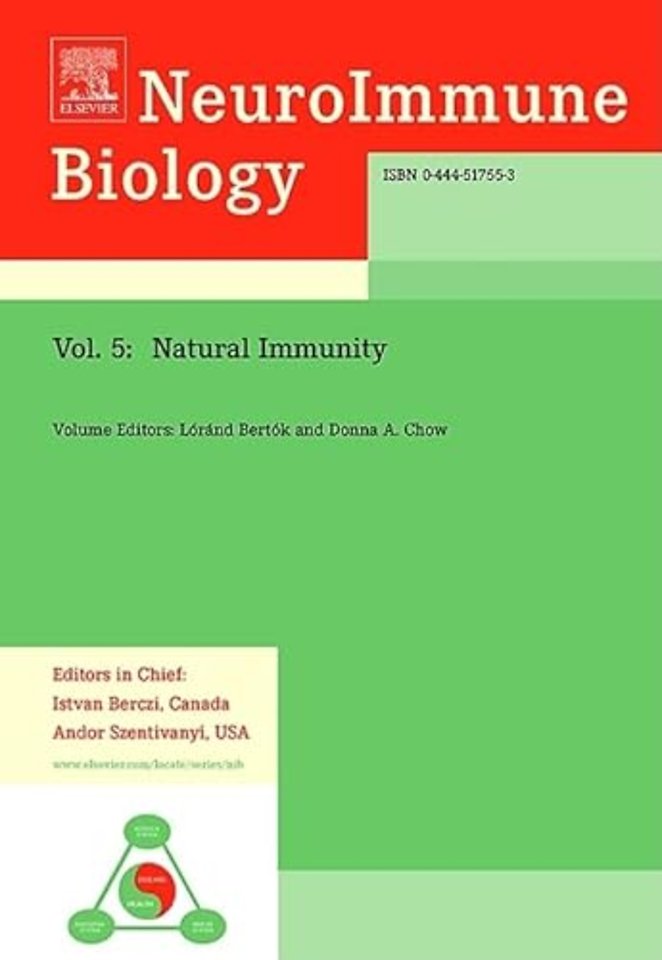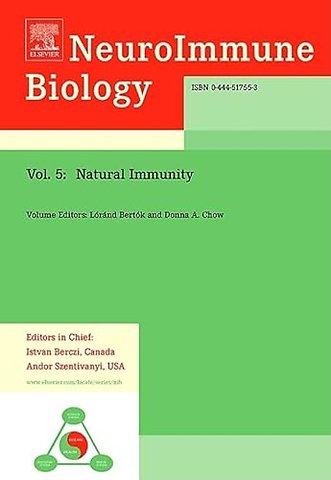<p>Host defense mechanisms</p> <p>Host Defence: An Interaction of Neuroendocrine-, Metabolic- and Immune Mechanisms in the Interest of Survival</p> <p>Epithelial, secretory and endogenous host defense</p> <p>Antimicrobial Peptides – The Defence Never Rests</p> <p>Endogenous Cytoprotective Mechanisms</p> <p>The Role of Bile Acids in Natural Resistance: Physico-Chemical Host Defence</p> <p>The natural immune system</p> <p>A Historical Introduction of Natural Killer (NK) Cells and Current Status of Their Role in Host Defences</p> <p>The Role of the Reticuloendothelial System in Natural Immunity</p> <p>Effector Mechanisms of Natural Immunity: an Invertebrate Perspective</p> <p>Natural Immune Activation: Stimulators/Receptors</p> <p>Signaling in Natural Immunity: Natural Killer Cells</p> <p>Pathogen Recognition by Toll-like Receptors</p> <p>Regulation of natural immunity</p> <p>Molecular Control of Leukocyte Trafficking Internal Regulatory Circuits of the Immune System: Leukocyte Circulation and Homing</p> <p>Neuroendocrine Regulation of Natural Immunity</p> <p>Natural Immunity – Effect of Exercise</p> <p>New Prospect for the Enhancement of Natural Immunity.</p> <p>Physiological, pathological and behavioral significance</p> <p>Physiological Activities of the Natural Immune System</p> <p>Pathological Relevance of the Natural Immune System</p> <p>Behavioural Mechanisms for Defence Against Pathogens</p> <p>Index</p>

